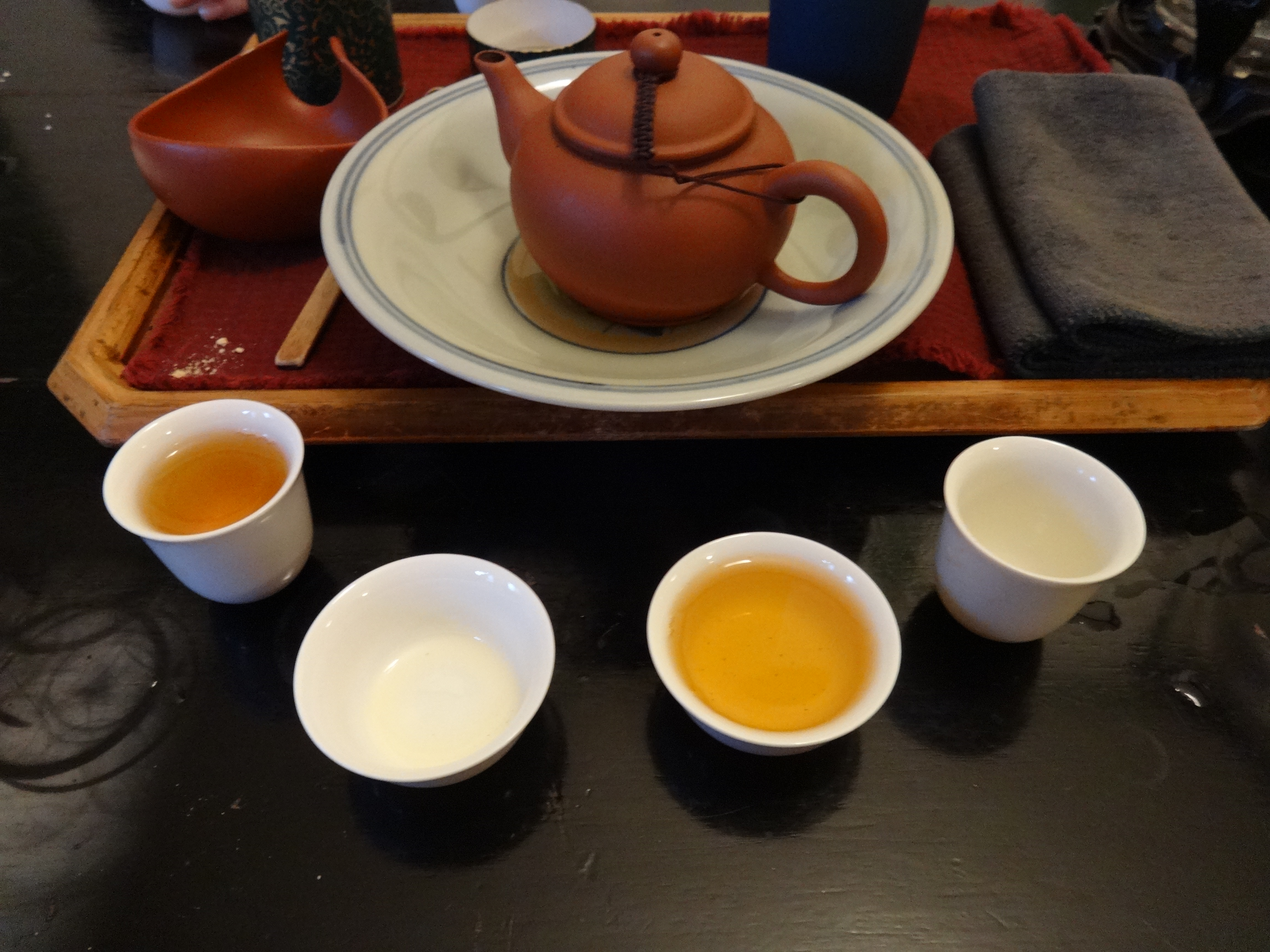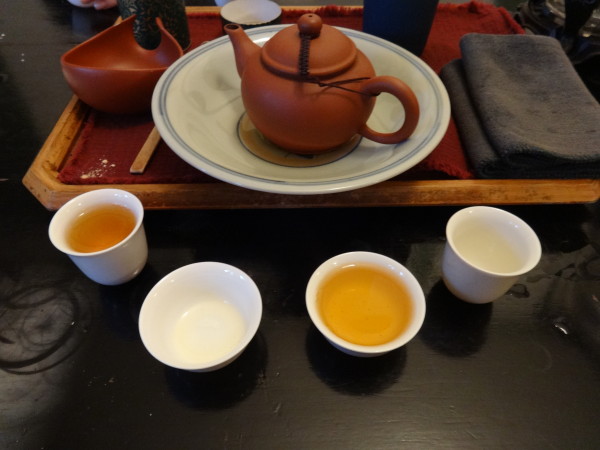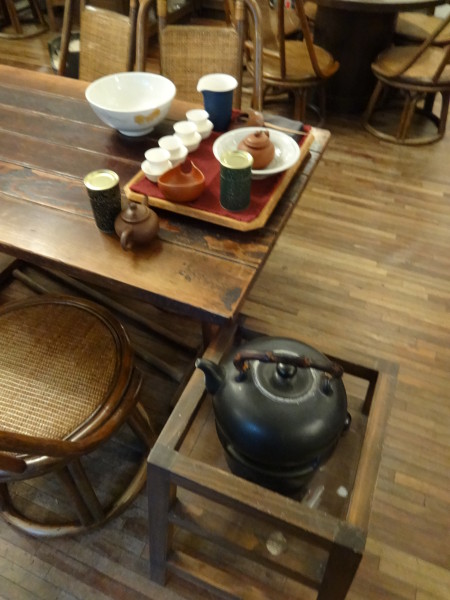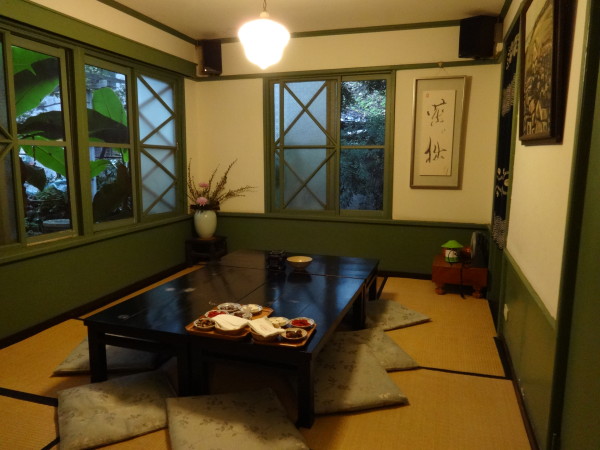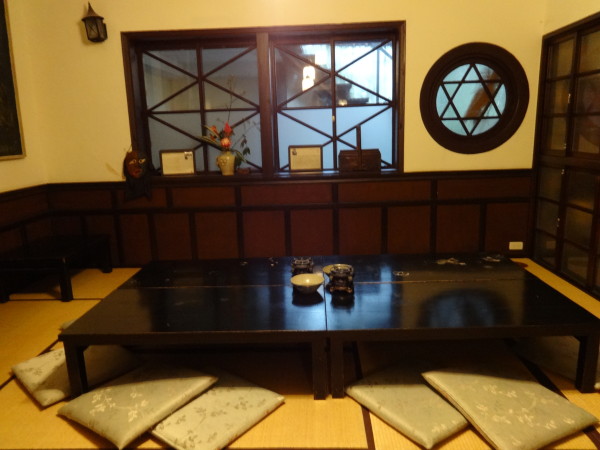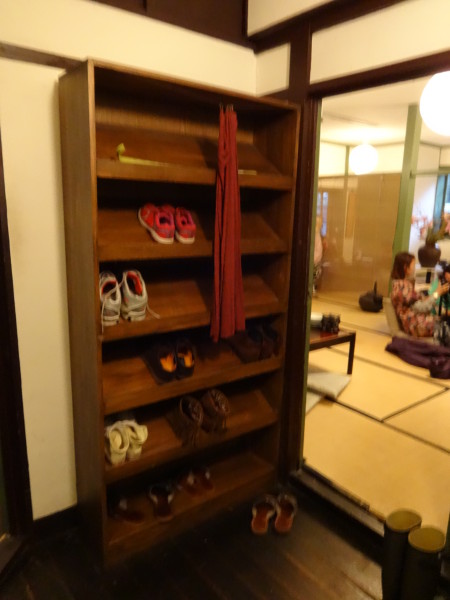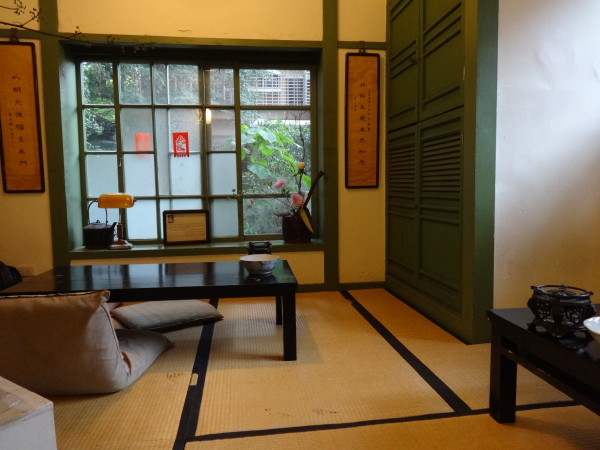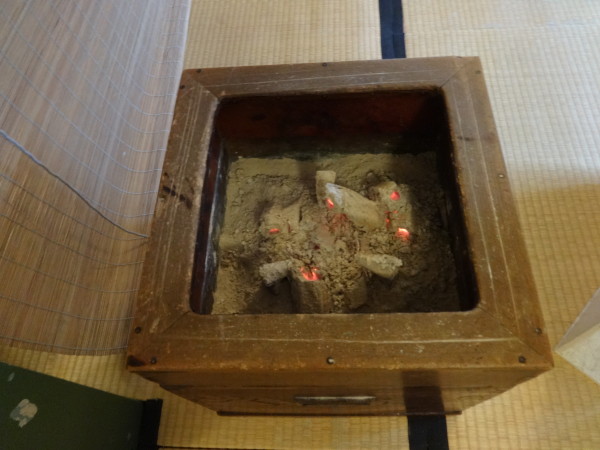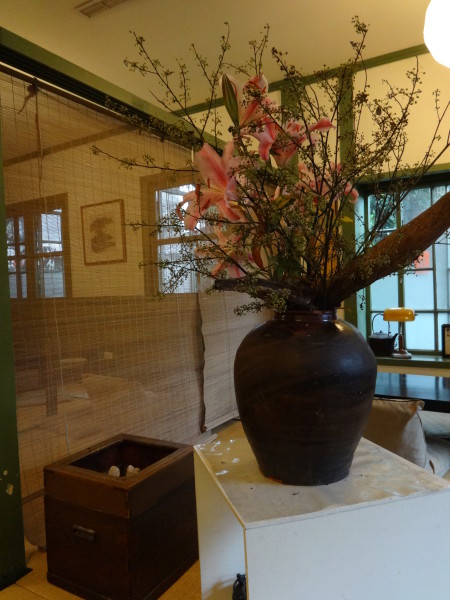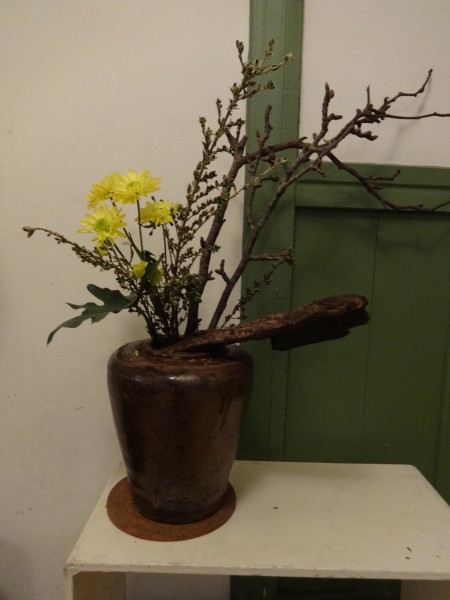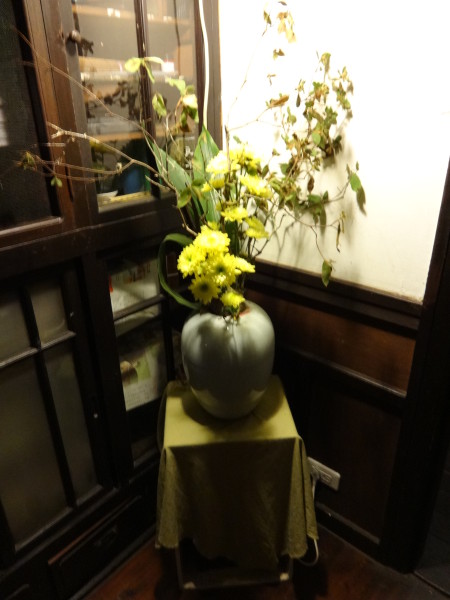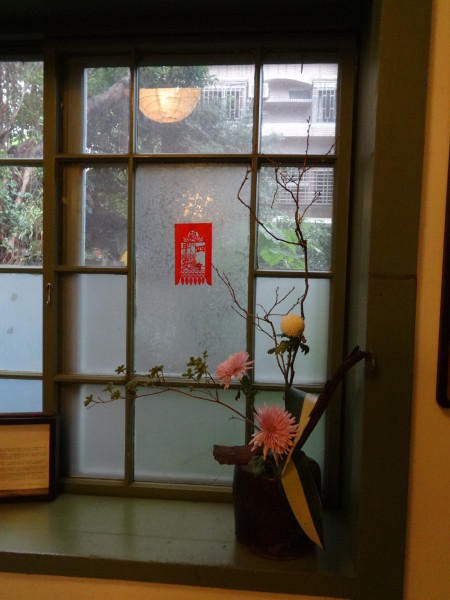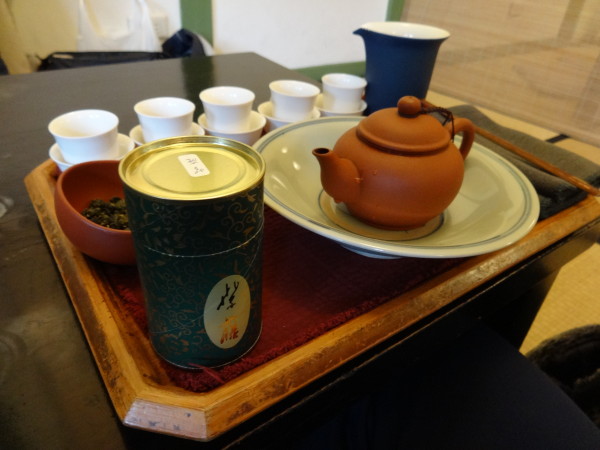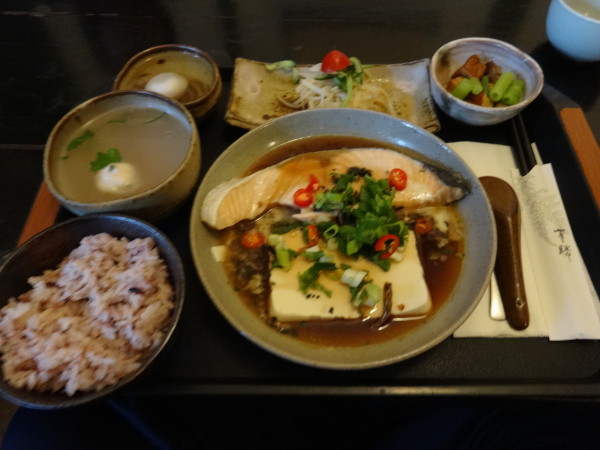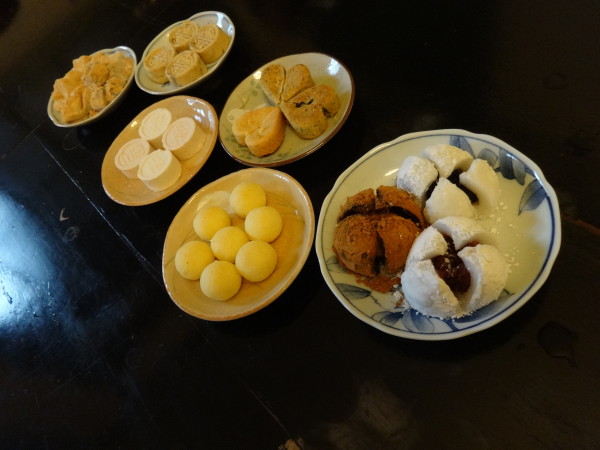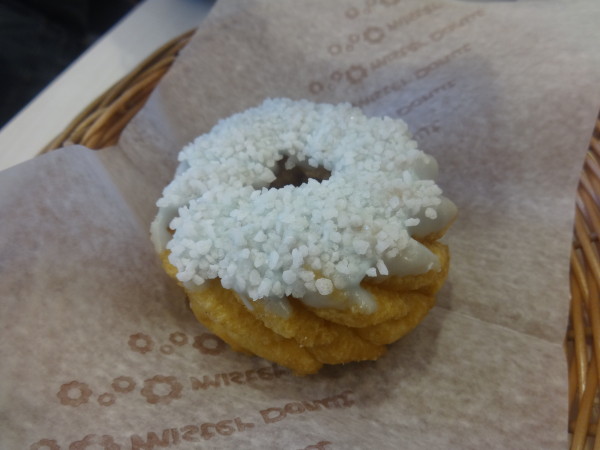When I studied Mandarin Chinese at the National Taiwan Normal University’s Mandarin Training Center in the summer of 1996, I lived right next to Da’an Forest Park for the whole three months I was there. All that time, I never knew that right down the street from the southern tip of this massive forest park was a historic, cultural, and culinary jewel called Wistaria Tea House. If I had known, I would have gone there every day.
In 1997, Wistaria was declared a Taipei City Historical Site because it had been a hub of political dissenters, trailblazers of democracy, new artists, and other avant-garde folk. The historical significance of the place was what caught my attention, and just being in such a birthplace of revolutionary and democratic passions got my Yankee blood boiling, but there was more than just ghosts in this unassuming oasis tea house hidden in a gray concrete urban jungle. Not only did the ambiance distinctly have its own flavor of Taiwanese zen, the food and drink were absolutely delicious.
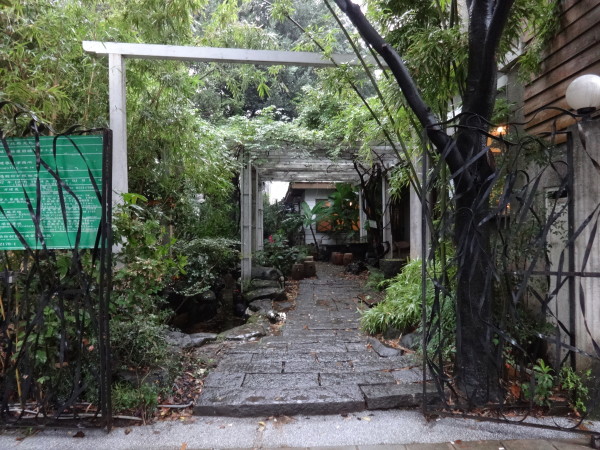
Upon entering the tea house, you have a choice of taking your tea and meal at seats and tables or to go to one of the tatami rooms.
Of course, I absolutely opted for the tatami seating. You can have a private room, which probably costs extra, or you can be in a general shared tatami room separated by bamboo screens.
We were seated in the bigger divided tatami room, but since we had arrived there before a lunch crowd, the whole room was empty, so we practically had the place to ourselves, and such a lovely place it was. Of course, we had to take off our shoes.
The decor around the room was really pleasing to me, to say the least. First of all, I noticed all the greens. Green is a very relaxing color, but there may be more to the color scheme of the tea house. My parents and my family in Taiwan are supporters of the Green Party and pro Taiwan independence, so the color seemed very appropriate for this supposed crock pot of Taiwanese democracy. My father has a green scarf with a cartoon embroidery of a Green Party political candidate that would match perfectly with the green trimming inside Wistaria. Not being active in Taiwanese politics myself, I still found the symbolic colors agreeable, since, as an American, I’d throw my lot behind whatever would promote more democracy in the world, including Taiwan.
I enjoyed the general rustic nature of the place, with the little box coal heaters being a nice touch on a cold and rainy winter’s day in Taipei.
All of the gorgeous ikebana (flower arrangements) did wonders to add gentle shades of more dashing colors to the contemplative environment.
For a small island country, Taiwan is quite the mecca of tea. There was a nice selection on the menu, but I deferred to the waitress’s suggestions instead of getting my usual high mountain oolong. The waitress asked if we would like the tea served traditionally, and we said we would. When she brought out the traditional set up, she asked if we knew how to prepare the tea, and we said we didn’t, so she was nice enough to prepare and serve the first batch of tea for us and then taught us how to drink the tea like connoisseurs, using smell, taste, and sight to “drink in” the tea.
When the food came, it went down like silk, and I enjoyed every little delectable item served on the dainty wabi-sabi dishes.
Finally, nothing finishes a meal off or compliments generous servings of tea like dessert. We made it a point to order a variety off of the menu, and we weren’t disappointed with the quality, presentation, and taste of this perfect end to a perfect meal and tea drinking experience.
Next up, more sweets at Mister Donut.
